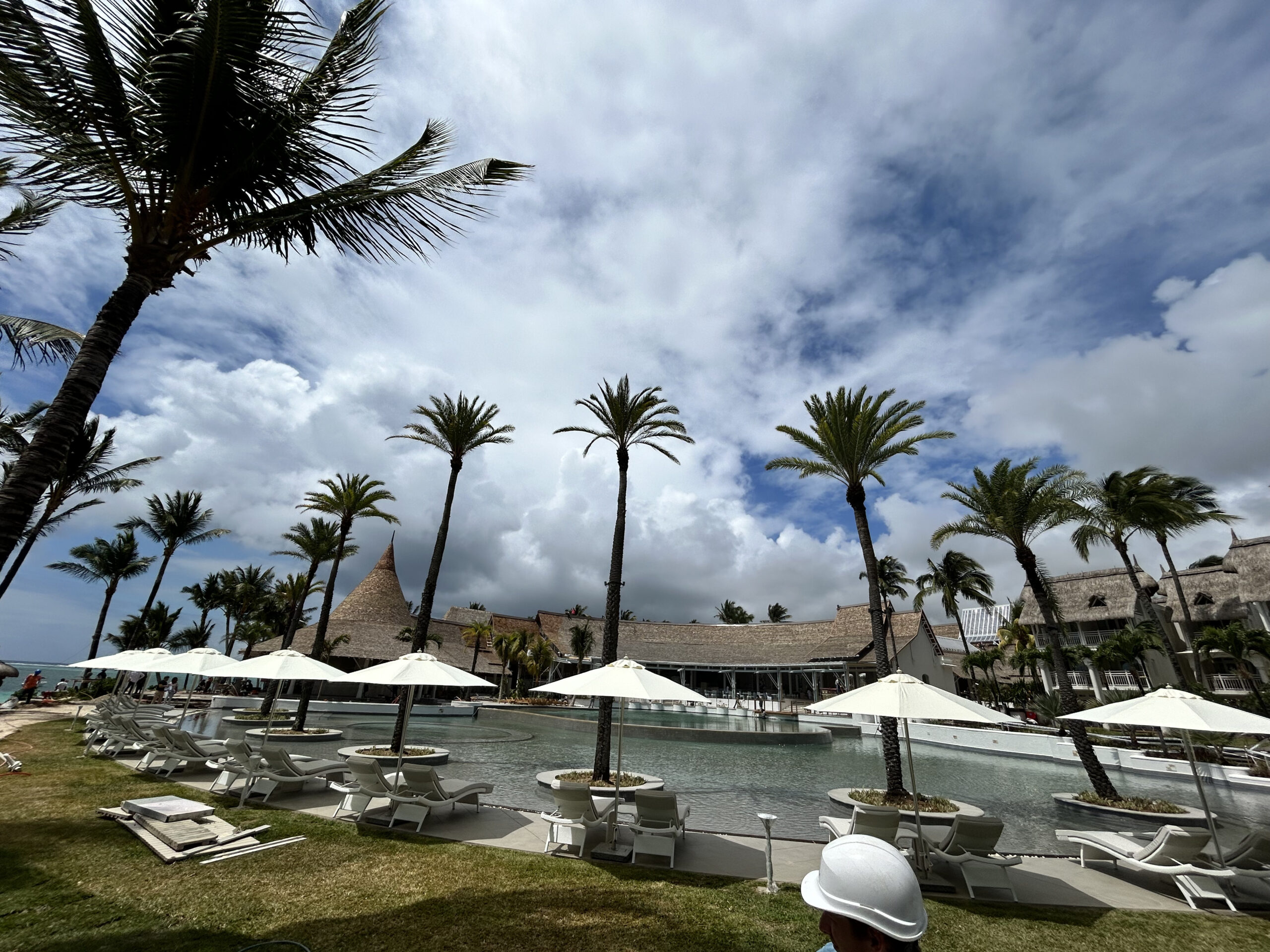The Dubai Opera House
Project overview
One of the most significant, vibrant and successful performing arts and entertainment centres in the Middle East, Dubai Opera is a 2,000-seat, multi-format theatre which captivates its visitors. Dubai Opera is unique for a venue of its size, it has the ability to convert into three modes; from a theatre into a concert hall and into a ‘flat floor’ form, offering 2000 m² space for events such as exhibitions and gala events.
This seamless flexibility enables Dubai Opera to host a wide variety of performances and events including theatre, opera, ballet, orchestras, concerts, fashion shows, live entertainment, conferences, galleries and art exhibitions. It is set to be the centrepiece of the Opera District, while its multi-functional theatre makes it the most technically complex and state-of-the-art performing arts venue in the world.
Design
The design of the building is a response to its site, its function, spatial programme and the overarching inspiration of the dhow. The Downtown area of Dubai is a high quality and very well planned and maintained development. Its architectural themes are bound together through a limited colour and material palette, which makes the development feel like a whole. The Opera House is designed within this context.
In Theatre mode, the space is suitable for large-scale drama productions, musicals, ballets, lectures, and conferences. Fortified with state-of-the-art acoustic walls and fabric, a proscenium, lattice ceiling (that can be raised and lowered as per performance specifications) in addition to mobile VIP boxes elegantly curved to emulate the smooth curves of a ship, it is architectural perfection. When transformed into a concert hall, a series of towers and reflectors on stage and overhead are designed to create an acoustic shell around the orchestra, enabling an impeccable acoustic environment for perfect sound quality. Beyond its incontrovertible beauty, it is a technological masterpiece that commands respect for its ingenuity and versatility.
Upon arrival, guests are greeted by the venue’s wide-open landscape framed by futuristic skyscrapers and pristine waterways. Despite its aesthetic groundwork as an imitation of a traditional dhow’s shape, the structure’s wall to wall glass panes and metal inlays and frames convey a modern elegance that is synonymous with the area. Beyond its central edifice, Dubai Opera boasts a number of spaces and venues for guests to visit and explore, including a stunning rooftop restaurant and sky garden with views of The Dubai Fountain and the world’s tallest building, Burj Khalifa.
Challenges
While Dubai Opera is inspired by the past, its functional aspects are rooted in the present. Of particular note is the building’s ability to transform its internal layout into different modes to suit individual events. This is achieved with a number of moving floors, walls and ceilings that allow auditorium seating to change configuration – or to disappear altogether – as well as enabling different stage configurations. Using hydraulic lifts and seating wagons to relocate 900 of the 2,000 seats, the space can be used for other events while the extra seating is stored in garages beneath the theatre. To deliver this in an utterly seamless fashion, with no compromise between modes – whether in terms of aesthetic quality, comfort or safety – demanded close collaboration between architectural and engineering experts.
Richard Smith, technical director and Atkins Fellow said of the project: “Dubai Opera’s shape and the stringent theatrical design requirements needed our building services engineers to use four types of advanced virtual modelling to predict the performance of the building and its systems and to optimise the design solutions. In building services terms, this is a really complex project which demanded outstanding teamwork and technical ability to deliver.”
Results
“The project is a great example of co-creation and shows what can be achieved with very challenging timelines when clients, consultants, authorities and contractors are working together towards a common goal. The Dubai Opera has already attracted significant international attention due to its design as well as its fantastic program of events and we feel privileged to have been working on such a transformational project which reaches far beyond the Dubai Opera District, Dubai and the Middle East”. Janus Rostock, Lead Architect, Atkins
Conclusion
The Dubai Opera, a complex state-of-the-art venue, will bring another dimension of culture to the heart of Dubai – combining the cultural heritage of the design of the building with the culture it will bring to its visitors. Dubai Opera transforms the emirate’s cultural footprint and establishes the city as a part of the global theatre circuit – providing a vital draw for the tourist industry – a cornerstone of Dubai’s economy. Dubai Opera opened on 31st of August 2016 with a sold-out performance by Placido Domingo.





